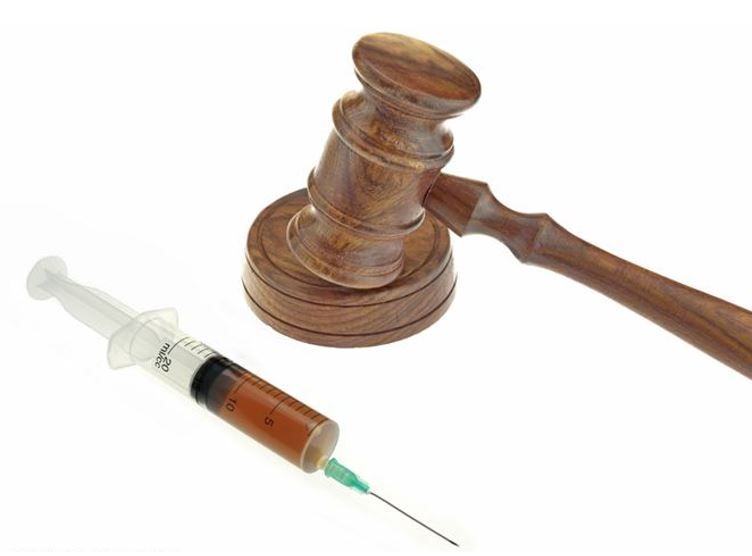Refusal to Fill a Rx: A PharmD's Perspective
Pharmacist won't fill the Rx? There is usually a good reason and it could involve legal liability. A PharmD describes 3 personal scenarios with 3 different solutions.
Many of you might have experienced at least once in your career a pharmacist refusing to fill a prescription you wrote. You might have been angry, frustrated and/or insulted. After all, the pharmacist just put a barrier between you and the medication you want your patient to have.
I have been on the other side of that phone call a few times in my career, although thankfully it is still rare. Court cases since the 1990s alleging patient harm related to a pharmacist’s decision to dispense have demonstrated that the pharmacist’s duty is no longer restricted to dispensing the correct product. We now have a duty to judge appropriateness of therapy and most of us want to provide the best care to our patients as well.
Following are 3 examples from my career: In 2 of them I needed to refuse to fill a prescription and in a third I would have refused to fill but it never reached that point because I spoke with the provider and we were able to work out a great solution.
©Parilov/adobe.stock.com <br/>

Fentanyl 25 µg in an opioid-naive patient. When I worked in long-term care pharmacy I received an order that had a nurses’ note on top that read “Gave APAP 325 mg suppository but no relief – start fentanyl?”
The MD wrote the prescription below it: “Fentanyl 25 µg every three days.” Both the physician and nursing staff noted that because the patient was NPO they wanted to use the transdermal fentanyl patch.
While there might be limited evidence for the use of fentanyl in opioid-naïve hospice patients (which this patient was), the care team had not exhausted safer options for this patient. It also concerned me that the fentanyl was not prescribed at the lowest possible initial dose (12.5 µg).
Fentanyl carries a Boxed Warning, printed on the product box that states “For use in opioid-tolerant patients only.” In light of those warnings it would be hard for me to defend a decision to dispense the medication.
©AA+W/adobe.stock.com <br/>

So, I called the doctor.
As I always do, I called the doctor (who unfortunately would not speak to me directly). I suggested Roxanol 20 mg/mL to be given sublingually (a common practice and reasonable option in an opioid-naïve, NPO hospice patient) but it was refused.
I asked again if I could speak with the provider about other options, but ultimately was not able to. At that point, I felt I had no other option but refuse to fill. As you can imagine, it was a tense situation.
Ultimately the physician sent in an order for Roxanol but the administrator of the skilled nursing facility brought it up with my director and was still talking about the situation a year later.
©AVNPhtoLab/Shutterstock.com <br/>

The pharmacist is legally liable for what's missing. The law is complicated. Pharmacists can be held liable for filling a prescription that is missing required elements-and there are a lot of elements that can be missed. Examples I’ve encountered include:
- A prescription for buprenorphine without aDATA 2000 waiver
- A prescription written for a schedule II narcotic on a hospital blank that was signed but with no physician name included (a required element of the prescription)
- A prescription without quantity indicated
- A prescription from a physician only licensed in Canada
In each of these situations I had to say I was unable to fill the prescription. In each case, though, I attempted to develop a solution before I refused.
For example, for Schedule II narcotics, while I’m not legally able to accept verbal information for any element of the prescription (including name), I suggested changing it to Tylenol #4 (60 mg codeine/300 mg APAP), which is a Schedule III and can be taken verbally. The physician agreed, I took a verbal order for Tylenol #4, and the patient was able to still get pain relief that night.
When I refused to fill a prescription under the Canadian doctor, I was not personally attacking him or questioning his abilities. He did not have an American medical license, so he did not have prescribing rights in the United States.
These are all hard situations but ultimately, if something is missing, I’m not “refusing to fill” the prescription; I don’t have a right to fill it because without all required elements it is not a valid prescription.
©Andrey Kuzmin/adobe.stock.com<br/>

A close encounter with a contraindication: HIV med + PPI
I went to dispense a PPI for a patient and the pharmacy software system alerted me to the fact that the patient was also on an HIV medication contraindicated with PPIs. I did further research into alternatives before calling the phsycian's office.
The prescriber actually took my call and we spent about 5-10 minutes discussing the case. He was not aware of the interaction (and to be honest, neither was I until this situation arose). We looked at the PI together and discussed alternatives for the patient; we eventually arrived at substituting an H2RA but spacing out the dosing per the package insert.
I assured the physiciain I would counsel the patient and confirm their understanding, which I did.
In taking a few minutes to discuss the issue, we were able to prevent HIV treatment failure. While I would have had to refuse to dispense the PPI if he had insisted, we never had to have that discussion and could instead focus on the patient.
Do you have an example you’d be willing to share, positive or otherwise, that would be instructive to your colleagues? Please write to us at: editor@patientcareonline.com